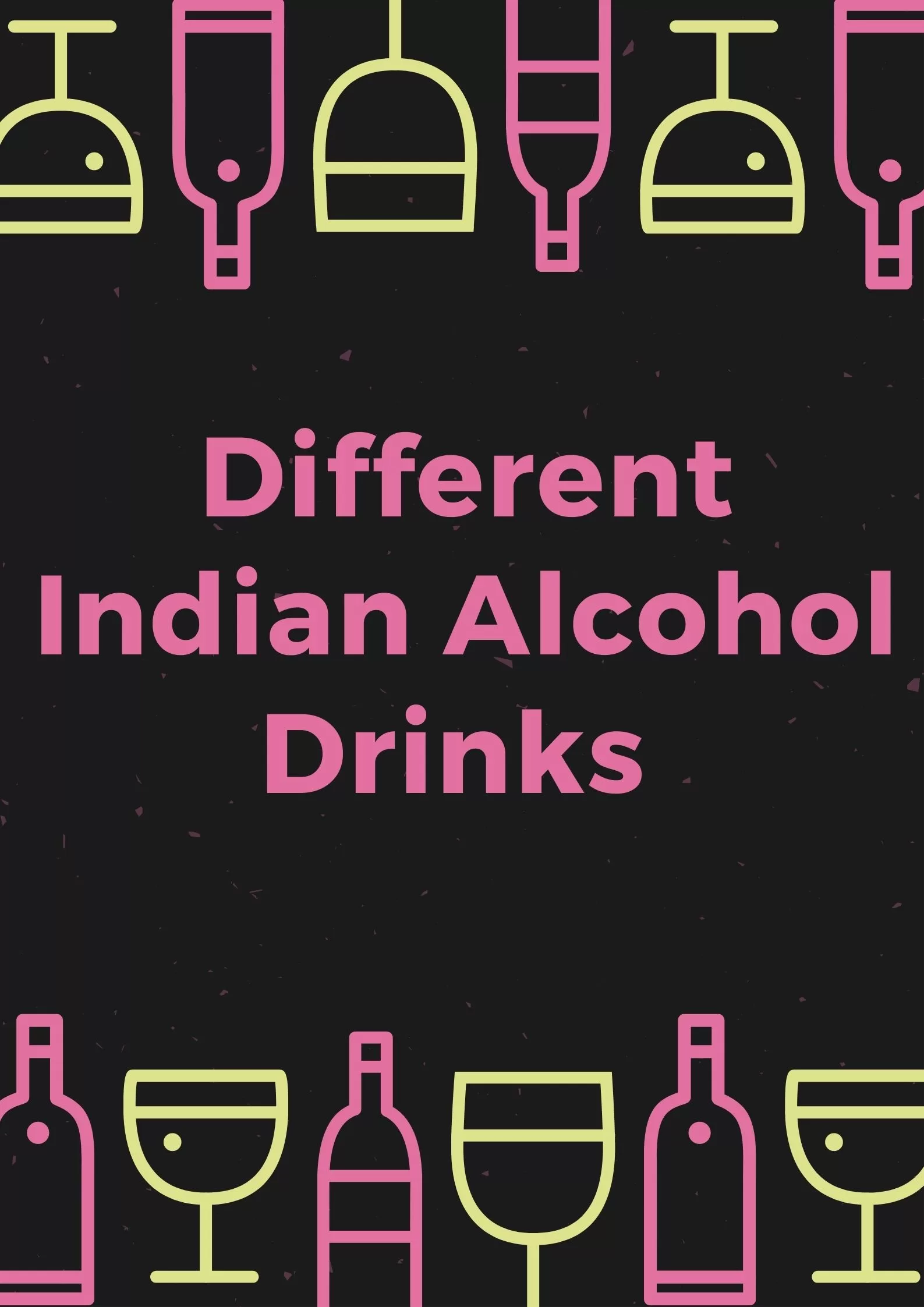While India is popular for its culture, it is also known for Indian liquor. Whether it’s for the usual Friday night sesh’ or just about anytime of the day, people tend to go out on Friday’s and weekends. Grab a couple of beers, listen to music and chill with friends. Drinking is perhaps the most idea thing to do when taking a break from work. But aside from the fancy alcohol brands available in the market, India is known for its local alcohol drinks. Locally made and loaded with probiotics and prebiotics. Desi Daru is a category of liquor in India made from molasses that comes from sugar cane. In this post, we have listed the different Indian Alcoholic drinks that you can try.
Different Indian Alcohol Drinks
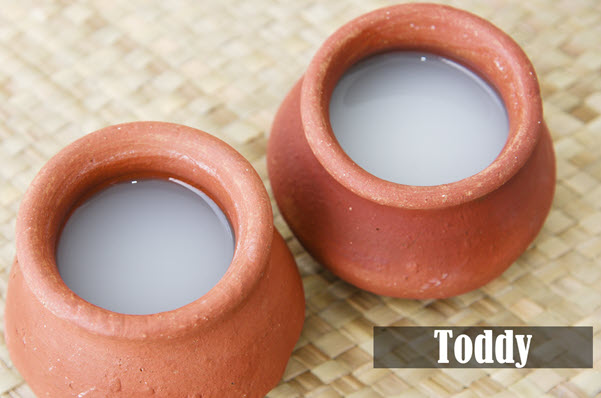
Toddy
It is one of the most common local drink in India made from fermented sap of coconut. A type of palm wine or known for as “Palm Toddy”. Toddy can either be served as pathaneer, a sweet non alcoholic drink extracted from fresh sap or Kallu which is a sour beverage also made from fermented sap of coconut.
Alcohol content:
Toddy contains between 4 to 6 % alcohol content. With a shelf life of 24 hours, but when refrigerated shelf life can be extended.
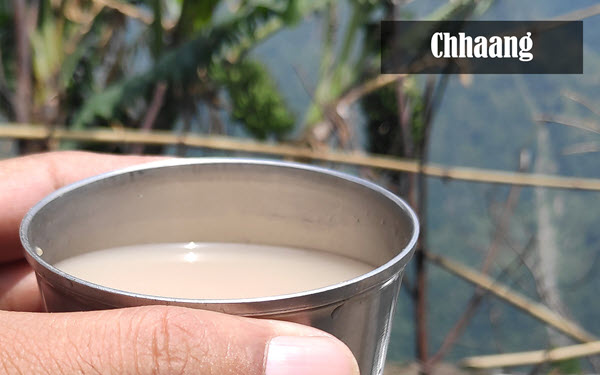
Chhaang
A common Himalayan Beverage. Chhaang is made from from finger millets (small seeded grass) which are then boiled, then dried and then left to ferment for months. After fermentation is complete, water is then added to the brew. It will then be ready for drinking. Usually taken at room temperature but most of the time it is served together with a bowls when the weather is much colder.
Chhaang or also known as Chang is the beer of the Himalayas. In the Lepcha Community, Chhaang is used as an offering their gods and goddesses.
Alcohol content:
Chhanng contains about 5% of alcohol content and is usually on a 620ml and 320 ml bottles. Also available in cans of 490ml and 320 ml.

Lugdi
Lugdi is a local alcoholic beverage in India that is prepared traditionally from fermented rice or barley. The cooked cereal grains are left out for fermentation with a growth temperature of about 25 to 40 degrees celsius. After which Lugdi is then consumed without fermenting. It is usually made during hot season or summer season since hot weather helps increase the rate of its fermentating process.
Most of the time, local tribes in Himachal such as Kinnara, Swangia, Pangwala and Shot usually drinks Lugdi because of the colder regions.
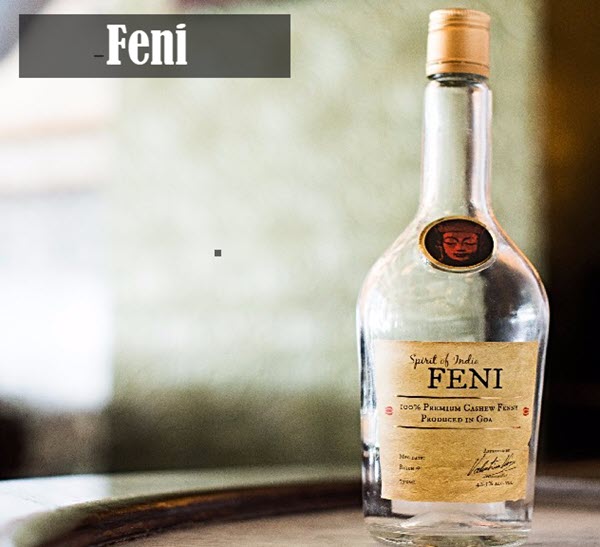
Feni
If you happen to visit Goa, located in the southwestern coast of India you should try Feni, a locally drink made from fermented cashew apple juice. It is popular of the local tribes and mostly to tourists coming to the place. What’s special about this drink is that it is distilled twice. The cashew apples being used have already ripened.
Feni contains about 40 % alcohol content. It is also recognized as the “Country Liquor” by its local government. With that, Goa is considered to be a tourist spot because of the availability of Feni in the market.
Alcohol content:
Feni contains about 43-45% of alcohol content which makes the drink a very strong drink. It also has a distinctive aroma smell which differentiates it from other alcoholic drink from India.
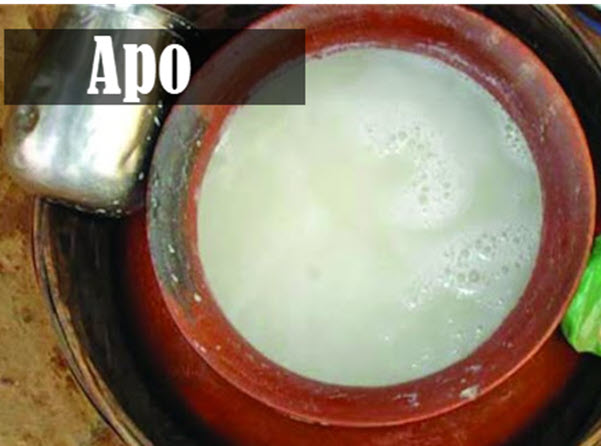
Apo
Apo or also known for as Apong is a popular drink in the tribes of Assam, located in the northeast of India. Tribes of Assam is also known for their high spirits.
Apo is a rice beer, which of course is made from fermented rice and is made of 32 different herbs, leaves, grasses and crippers. .
Apong is usually served during festivals and special occasions. Served in bamboo shoots is the favorite among locals and a-must try to tourists as well making your trip complete.
Alcohol content:
Apo contains about 18-25% of alcohol content which makes the drink more intoxicating.
Chuak
A traditional Tripuri rice beer that is popular in the locals of Northeastern India. Chuak is made by fermenting the rice in Water. Just like with other alcohol drinks, it is consumed and serve mostly in occasions by the Tripura tribe as part of their ritual ceremony. Wherein Chuak is offered to elders in the village.
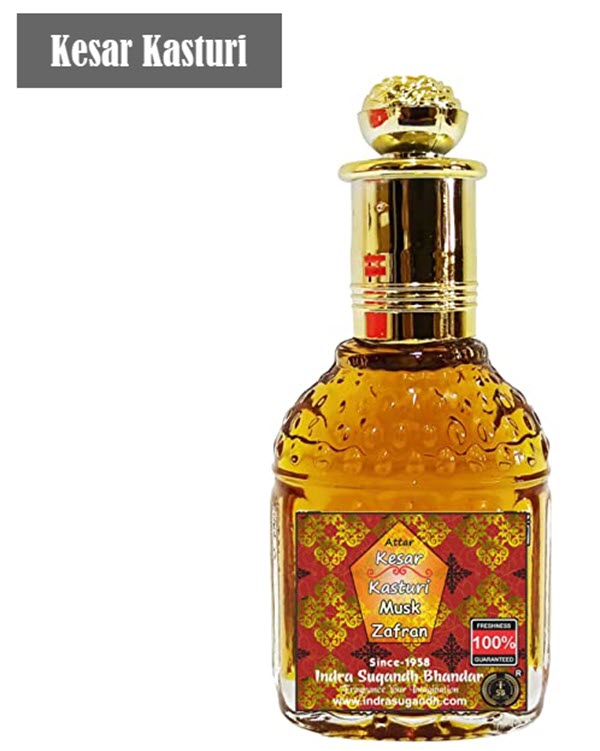
Kesar Kasturi
Kesar Kasturi is a royal drink among the local of Rajasthan, located in the northwestern side of India. it is made with ingredients like saffron, dry fruits. herbs. nuts, seeds, roots and spices. and since saffron is quiet expensive, not all families in the area can make this kind of drink.
The drink is mostly served as an upper class brew that is why is known for as the royal drink. Served in selected places only.

Arak
An alcoholic Indian drinks among the tribes of Ladakh, a union territory of India that comprised the largest region of Kashmir.
Arak is made from extracted anise seeds in grapevines. The grapevines are originated in Persia but it can now be found in Northern areas of India. The leaves of the grapes are left to ferment for days (probably 3 days) after which it is mixed with the anise seeds.

Thaati Kallu
Thaati Kallu is a common drink made from palm trees located in Kerala, a small state located in South India. It is mostly consumed in other tribes such as Eravallan Adiyars, Irulars and Kadars. Since in Southern India, cococut tress are abundant in that area therefore making Thaati kallu drink is not a problem.
In making this drink, the saps that is collected from the stems of the coconut trees are used in making this drink. At first, the drink tastes sweet but after some time it is normal to turn sour acquired flavour taste and then it eventually becomes bitter.
Alcohol content:
Thaati Kallu contains between 4 and 6% of alcoholic content which makes the drink more intoxicating. Shelf life for this particular drink is 24 hours but can be extended if refrigerated.

Mahua
Of all the other alcoholic beverages mentioned above, this drink is considered to be the most popular alcoholic drink than other best brands out there.. It is a local Mahua Flower out wherein this drink is made. The flowers of Mahua trees (Mahua Ligofolia) are fermented to make this alcoholic drink. Mahua is found mostly in Baiga, Gond, Kol, Panika and other tribes.
Considered to be a cultural heritage among the tribes as it is passed on from generations to generations. Other than creating Mahua flowers as an alcoholic drinks, the Mahua tree is also known to have medicinal properties.
Alcohol content:
Mahua contains about 10-25% of alcoholic content which makes the drink more intoxicating.
Having mentioned the above local tribal drinks in India, which of the drinks have your tried before and which one’s is your favorite? Let us know in the comment section below.

